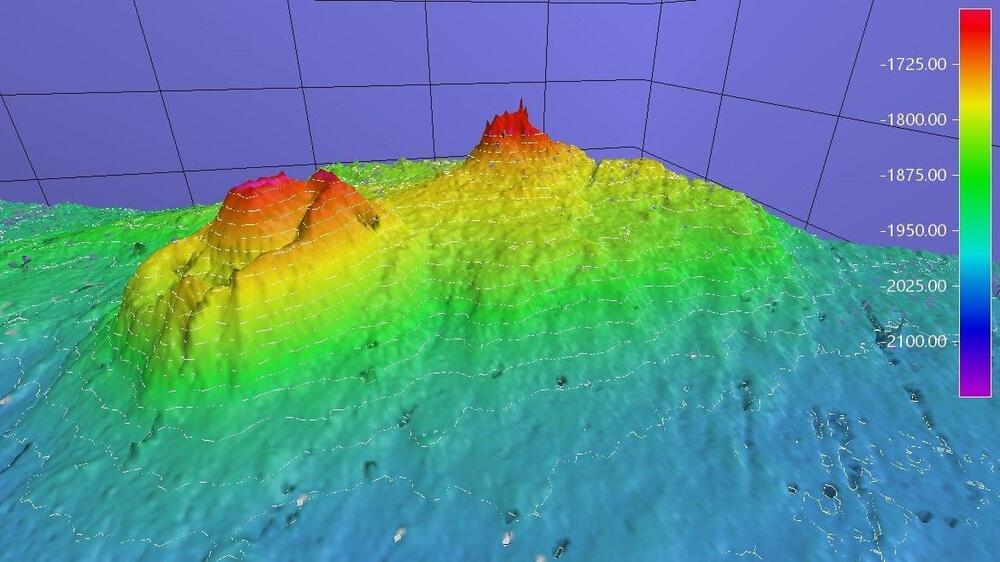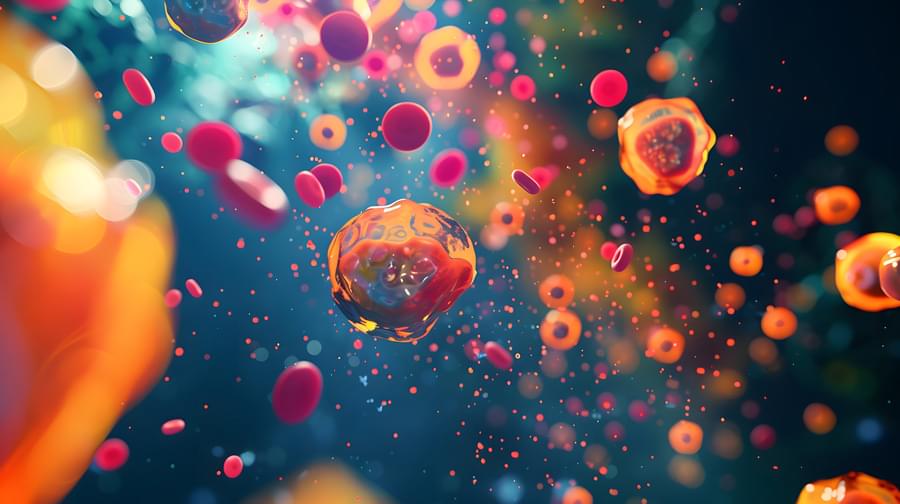Paving the way for personalised 3D-printed implants.



BREMEN, Germany — Lunar Outpost has selected SpaceX’s Starship vehicle to deliver to the moon the Artemis lunar rover it is developing for potential use by NASA.
The Colorado company announced Nov. 21 that it signed an agreement for SpaceX to use Starship to transport the company’s Lunar Outpost Eagle rover to the moon. The companies did not disclose a schedule for the launch or other terms of the deal.
Lunar Outpost is one of three companies that won NASA contracts in April for the first phase of the Lunar Terrain Vehicle (LTV) program to support the development of a rover that can be used by future Artemis missions. Each company received a one-year contract to mature the design of their rovers through a preliminary design review (PDR), and the agency will later select at least one of the companies to develop the rover.



Biomedical engineers from the University of Melbourne have invented a 3D printing system, or bioprinter, capable of fabricating structures that closely mimic the diverse tissues in the human body, from soft brain tissue to harder materials like cartilage and bone.
This cutting-edge technology offers cancer researchers an advanced tool for replicating specific organs and tissues, significantly improving the potential to predict and develop new pharmaceutical therapies. This would pave the way for more advanced and ethical drug discovery by reducing the need for animal testing.
Head of the Collins BioMicrosystems Laboratory at the University of Melbourne, Associate Professor David Collins said: In addition to drastically improving print speed, our approach enables a degree of cell positioning within printed tissues. Incorrect cell positioning is a big reason most 3D bioprinters fail to produce structures that accurately represent human tissue.

Within the body, cells involved in specific functions, like immune response and secretion, are equipped with granules, which are small membrane-bound compartments containing enzymes, proteins, or other molecules. In neutrophils, the so-called azurophilic (or primary) granules contain enzymes that are involved in the initial response to an infection.
MPO-based E-101 is the first wound and systemically safe antiseptic, with a safety profile comparable to saline, that is effective in physiological conditions.
Myeloperoxidase, or MPO, is one of the most important of such enzymes for the immune system’s ability to destroy pathogens. Allen has been studying the physiological role of MPO since 1971. Using chemiluminescence and metabolic studies he has been able to study the complex and finely regulated mechanism of NADPH oxidase driven MPO action in microbicidal activity.


New research from the Kind Group at the Hubrecht Institute sheds light on how cells repair damaged DNA. For the first time, the team has mapped the activity of repair proteins in individual human cells.
The study demonstrates how these proteins collaborate in so-called “hubs” to repair DNA damage. This knowledge offers opportunities to improve cancer therapies and other treatments where DNA repair is essential. The researchers published their findings in Nature Communications on November 21.
DNA is the molecule that carries our genetic information. It can be damaged by normal cellular processes as well as external factors such as UV radiation and chemicals. Such damage can lead to breaks in the DNA strand. If DNA damage is not properly repaired, mutations can occur, which may result in diseases like cancer. Cells use repair systems to fix this damage, with specialized proteins locating and binding to the damaged regions.

Designed to one day search for evidence of life in the briny ocean beneath the icy shell of Jupiter’s moon Europa, these robots could play a key role in detecting chemical and temperature signals that might indicate alien life, according to scientists at NASA’s Jet Propulsion Laboratory (JPL), who designed and tested the robots.
“People might ask, why is NASA developing an underwater robot for space exploration?” said Ethan Schaler, the project’s principal investigator at JPL. “It’s because there are places we want to go in the solar system to look for life, and we think life needs water.”

Summary: Researchers have demonstrated how brain activity can predict behavior in urban environments, providing a roadmap for improving urban planning. Using functional MRI scans, the study identified activity in the brain’s reward system, specifically the ventromedial prefrontal cortex, as a key predictor of why people visit certain urban areas.
Participants rated photos of Lisbon’s urban spaces, and their brain responses were linked to visitation patterns, showing that people are drawn to areas of perceived value. This research suggests urban design can prioritize environments that align with cognitive and emotional well-being.
Neurourbanism, the emerging field behind this study, offers tools to design cities that enhance livability and sustainability. By focusing on human-centered approaches, cities can improve efficiency, mobility, and resident happiness.